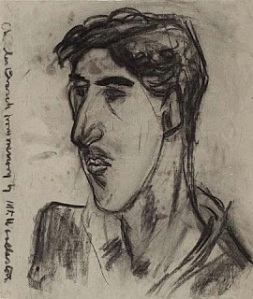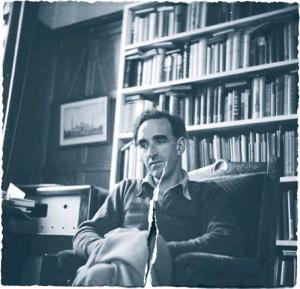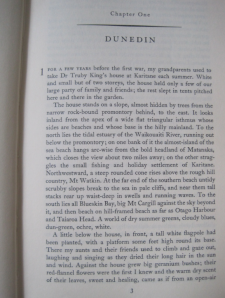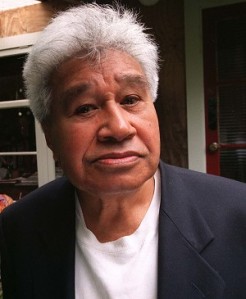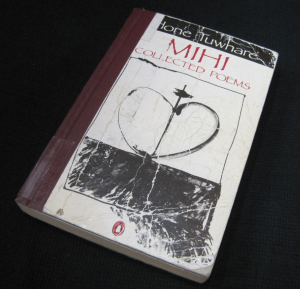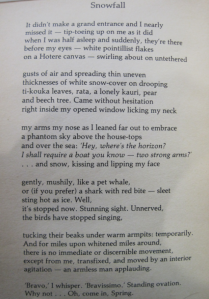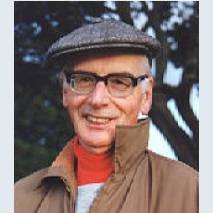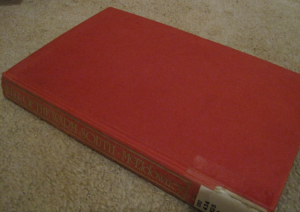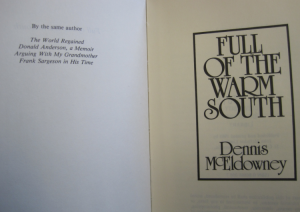(No.1 image: M T Woollaston, Charles Brasch from memory 1938, charcoal. Auckland Art Gallery, gift of Mr Colin McCahon, 1961) (No.2 image: Graphic by Hayden Smith)
Brasch, Charles (1909–73),
was a gifted poet, the distinguished founding editor of Landfall, and a generous and far-sighted patron of the arts. (from NZ Book Council)
He was born in Dunedin, and studied in St John’s College, Oxford. Some of his works had been published in university magazines. Then he traveled lots of countries, such as Egypt, Russia, America, etc.
Because of the War, Brasch began writing mature poems which looked back to his country of origin:
‘It was New Zealand I discovered, not England, because New Zealand lived in me as no other country could live, part of myself as I was part of it, the world I breathed and wore from birth, my seeing and my language’
He returned to New Zealand in late 1945, permanently. Then he devoted himself to editing Landfall virtually full-time. He supported many New Zealand artists, such as Sargeson, Colin McCahon and James K. Baxter. He followed Burns Fellowship, he bequeathed his collection of New Zealand books and paintings to the Hocken Library, and he also contributed substantially to the first residencies for writers, composers and painters, at the University of Otago.
We can find his words on the plaque at the Octagon, Dunedin. The Indirections can be found in several libraries in Dunedin, it is a memoir from 1909 to 1947, and Dunedin is the first part in this book. From the chapter, we can discover a different Dunedin city in old days and writer’s life there.
